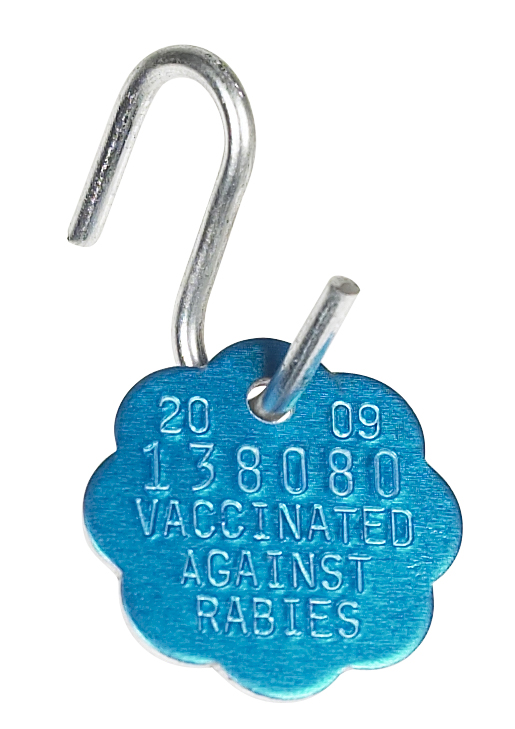 If an unvaccinated person is exposed to rabies (usually by a bite), they undergo post-exposure prophylaxis (PEP), consisting of an injection of anti-rabies antibodies and a series of 4 or 5 vaccines. (It used to be 5, but it was recently recommended to drop this to 4). This is a highly effective protocol which basically guarantees that the person won’t get rabies IF the person is treated promptly.
If an unvaccinated person is exposed to rabies (usually by a bite), they undergo post-exposure prophylaxis (PEP), consisting of an injection of anti-rabies antibodies and a series of 4 or 5 vaccines. (It used to be 5, but it was recently recommended to drop this to 4). This is a highly effective protocol which basically guarantees that the person won’t get rabies IF the person is treated promptly.
If an unvaccinated pet is exposed to rabies, the situation is much different. The two options are euthanasia or a strict six month quarantine and a single dose of rabies vaccine either immediately or after 5 (of 6) months of quarantine.
So, if there is a post-exposure treatment for people that is basically 100% effective, why don’t we do the same thing in dogs and cats?
There are a few possible explanations for this:
1) Rabies is almost invariably fatal. The significant public health risks take precedence over animal health and pet owner inconvenience, stress and pet loss.
2) There is limited information about PEP in dogs, and results have been mixed.
- In one study (Hanlon et al 2002), experimentally-infected dogs were treated with various protocols. Treatment with rabies antibodies on day 0, followed by vaccination on days 0, 3, 7, 14 and 35 was effective at preventing rabies in 5/5 dogs – a good result, but the small number of dogs tested (5) prevents us from drawing any broader definitive conclusions. Rabies antibodies alone protected 4/5 dogs. All dogs that did not receive the antibodies but were vaccinated on days 0, 3, 7, 14 and 35 died of rabies.
- In another study (Manickam et al 2008), all exposed dogs were protected by rabies vaccination on days 0, 3, 7, 14 and 28. A 3-dose regimen (days 0, 5 and 28) was protective with one vaccine but not another.
Clearly, based on the limited number and small size of these studies, and the differing results, we cannot recommend a canine PEP protocol with confidence. However, these studies strongly suggest that PEP can be effective in dogs, and I think we need to consider when and how to use it. I wouldn’t necessarily use PEP to replace quarantine without more evidence (i.e. field studies). I think the use of PEP to help protect the dogs while maintaining quarantine to protect the public is a good start. If canine PEP can be shown to be as effective as PEP in people, then some day quarantine might not be needed.
Regardless, this situation highlights the need for current vaccination of all dogs and cats in rabies-endemic areas. If a vaccinated animal is exposed to rabies, there is no requirement for euthanasia or long, strict quarantine. Rather, standard guidelines recommend giving the pet a rabies vaccine (booster) and having the animal observed by their owner for a period of 45 days. Developing better PEP protocols for unvaccinated animals is useful, but I’d prefer to see it become a moot point as a result of high vaccination rates.